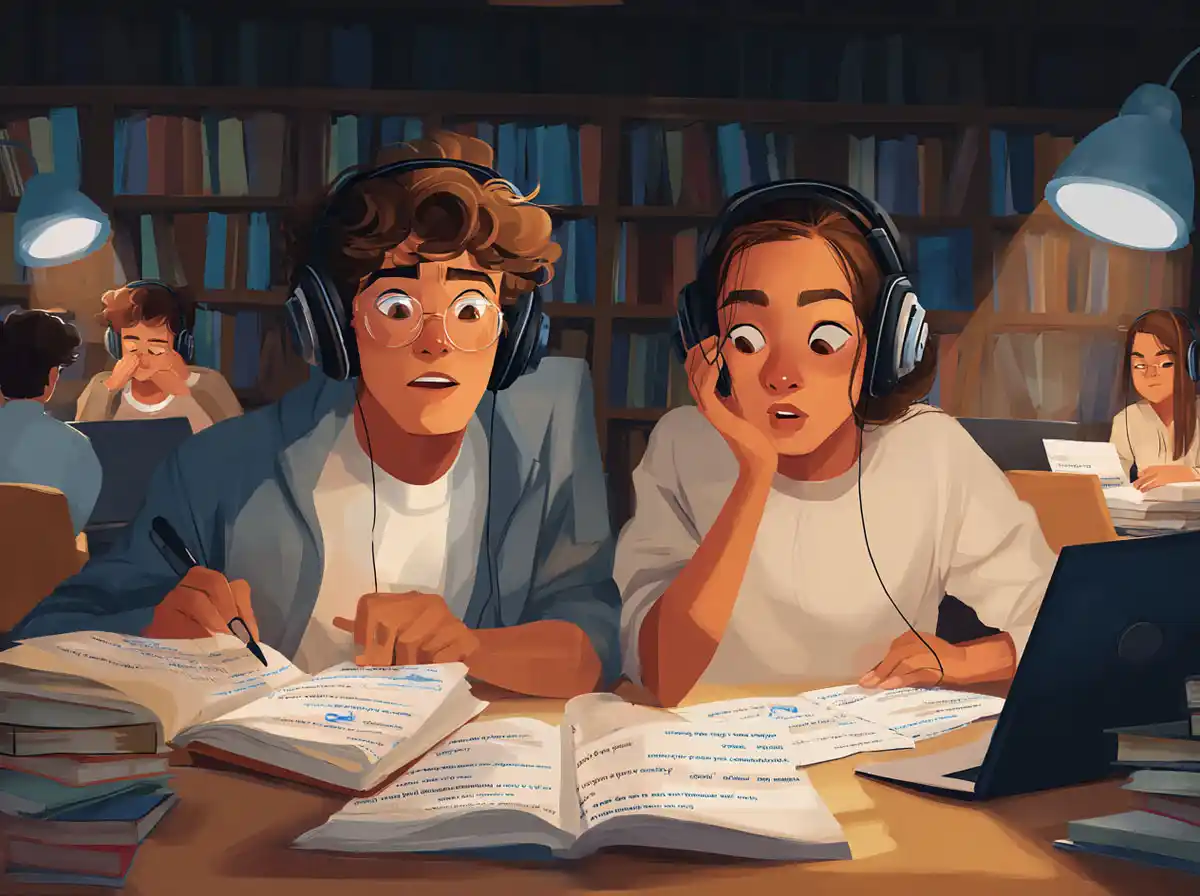Understanding Puns: What Are They?
Puns are a form of wordplay that exploits multiple meanings of a word or similar-sounding words to create humor or a rhetorical effect. In Slovak, puns often rely on homonyms, homophones, or words with double meanings, just as in English. They can be found in everyday conversations, literature, advertisements, and even political discourse. The playful nature of puns makes them a unique linguistic device, offering insight into the flexibility and richness of the Slovak language.
Types of Puns in Slovak Language
Slovak puns can be classified into several types based on the linguistic features they utilize. Understanding these types is crucial for language learners aiming to appreciate Slovak humor fully.
1. Homophonic Puns (Zvukové Hry)
These puns play on words that sound alike but have different meanings. For example:
- “Dve ryby si dali rande, jedna povedala: ‘Si moja rybačka.’”
Here, the word “rybačka” can mean both “little fish” and colloquially “date” or “romantic partner,” creating a cute pun.
2. Homonymic Puns (Významové Hry)
Homonymic puns exploit words with the same spelling but different meanings:
- “Mám rád banku, ale nie tú, kde sa platí.”
The word “banka” means both “bank” (financial institution) and “bench” in Slovak, creating a witty ambiguity.
3. Polysemic Puns
These puns take advantage of words that have multiple related meanings:
- “Čas je peniaz.”
The word “peniaz” means “money,” but the phrase plays on the value of time as a currency, a concept familiar in many cultures but often used humorously in Slovak contexts.
4. Visual and Cultural Puns
Some puns rely on cultural references or visual wordplay, often seen in Slovak advertisements and media. For example, brands may use slogans that sound like common sayings but twist the meaning to reflect the product.
The Cultural Significance of Puns in Slovak Society
Puns hold a special place in Slovak culture as a form of intellectual humor and social bonding. They are frequently used in folk tales, jokes, and even political satire. Understanding puns allows learners to connect more deeply with Slovak speakers and appreciate the subtleties of the language.
- Folk and Traditional Use: Slovak folk tales often incorporate puns to add humor and moral lessons.
- Modern Media: Slovak comedians and TV shows frequently employ puns to engage audiences.
- Advertising: Clever puns in advertising help brands resonate culturally and emotionally with Slovak consumers.
Common Examples of Slovak Puns
Below are some popular Slovak puns that illustrate the types discussed above:
- “Prečo má kniha dobrý deň? Lebo má pevné stránky.”
(“Why does the book have a good day? Because it has strong pages.” – playing on the word “pevné” which can mean “strong” or “solid.”) - “Nemôžem sa dočkať, kedy sa dostanem na vrchol – vrchol je moja cieľová zastávka.”
(“I can’t wait to reach the top – the top is my final stop.” – “vrchol” means both “peak” and “top level” or “main event.”) - “Sladký život je medový.”
(“The sweet life is honeyed.” – playing with the metaphor of sweetness and the literal honey taste.)
Why Learning Slovak Puns is Beneficial for Language Learners
Engaging with puns in Slovak offers several advantages for learners:
- Enhances Vocabulary: Puns often involve uncommon or multiple meanings of words, expanding your lexical repertoire.
- Improves Cultural Understanding: Humor is deeply tied to culture; knowing puns helps you appreciate Slovak humor and social nuances.
- Boosts Listening and Speaking Skills: Catching puns in conversations sharpens auditory skills, while trying to use them improves fluency.
- Encourages Creative Thinking: Understanding and creating puns require flexible thinking about language structures.
Tips for Mastering Slovak Puns
Mastering puns can be challenging due to their reliance on subtle linguistic details. Here are some practical tips:
- Build a Strong Vocabulary: The more words and meanings you know, the easier it is to catch and create puns.
- Learn Common Homonyms and Homophones: Make a list of frequently used Slovak words with multiple meanings or similar sounds.
- Engage with Slovak Media: Watch Slovak movies, TV shows, and listen to podcasts where puns are often used.
- Practice with Native Speakers: Platforms like Talkpal provide opportunities to interact with native Slovak speakers, making it easier to understand and use puns contextually.
- Read Slovak Literature and Jokes: Folk tales, jokes, and comics are rich sources of puns and wordplay.
Using Talkpal to Explore Slovak Puns
Talkpal is an innovative language learning app that connects learners with native speakers through voice and video calls. It is particularly useful for exploring complex linguistic features such as puns because:
- Real-Time Interaction: You can hear puns used naturally and ask for explanations instantly.
- Cultural Insights: Native speakers can share the cultural context behind puns, enhancing understanding.
- Practice Makes Perfect: You can try making your own puns in a supportive environment, receiving immediate feedback.
- Wide User Base: Connect with Slovak speakers from different regions, exposing you to various dialects and styles of humor.
Conclusion
Puns in the Slovak language offer a rich and entertaining way to deepen your understanding of both the language and its culture. They challenge learners to think creatively and engage more intimately with vocabulary and context. By leveraging tools like Talkpal, language learners can immerse themselves in authentic conversations, gaining confidence in recognizing and using puns effectively. Whether you are a beginner or advanced learner, embracing the playful art of Slovak puns will undoubtedly enrich your language journey.










